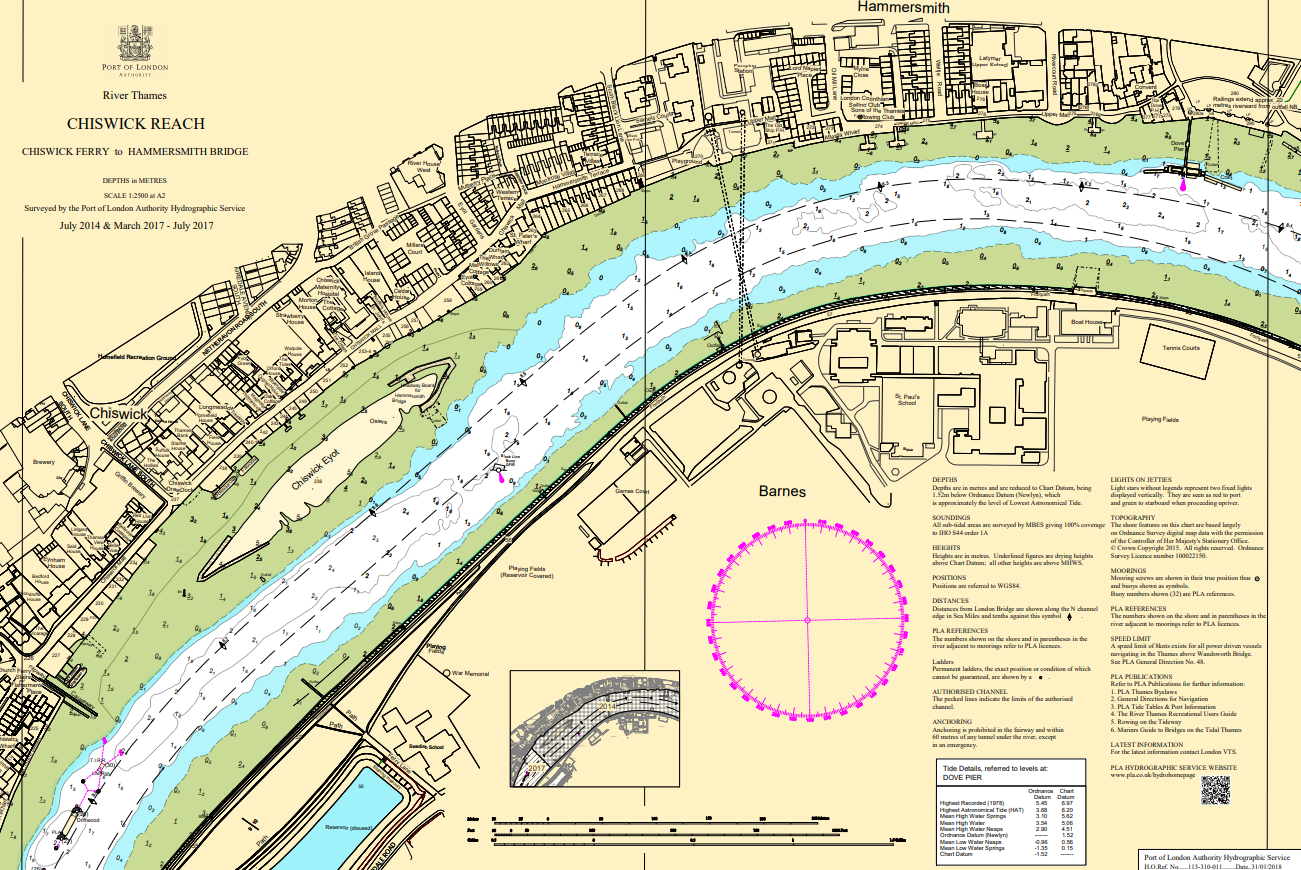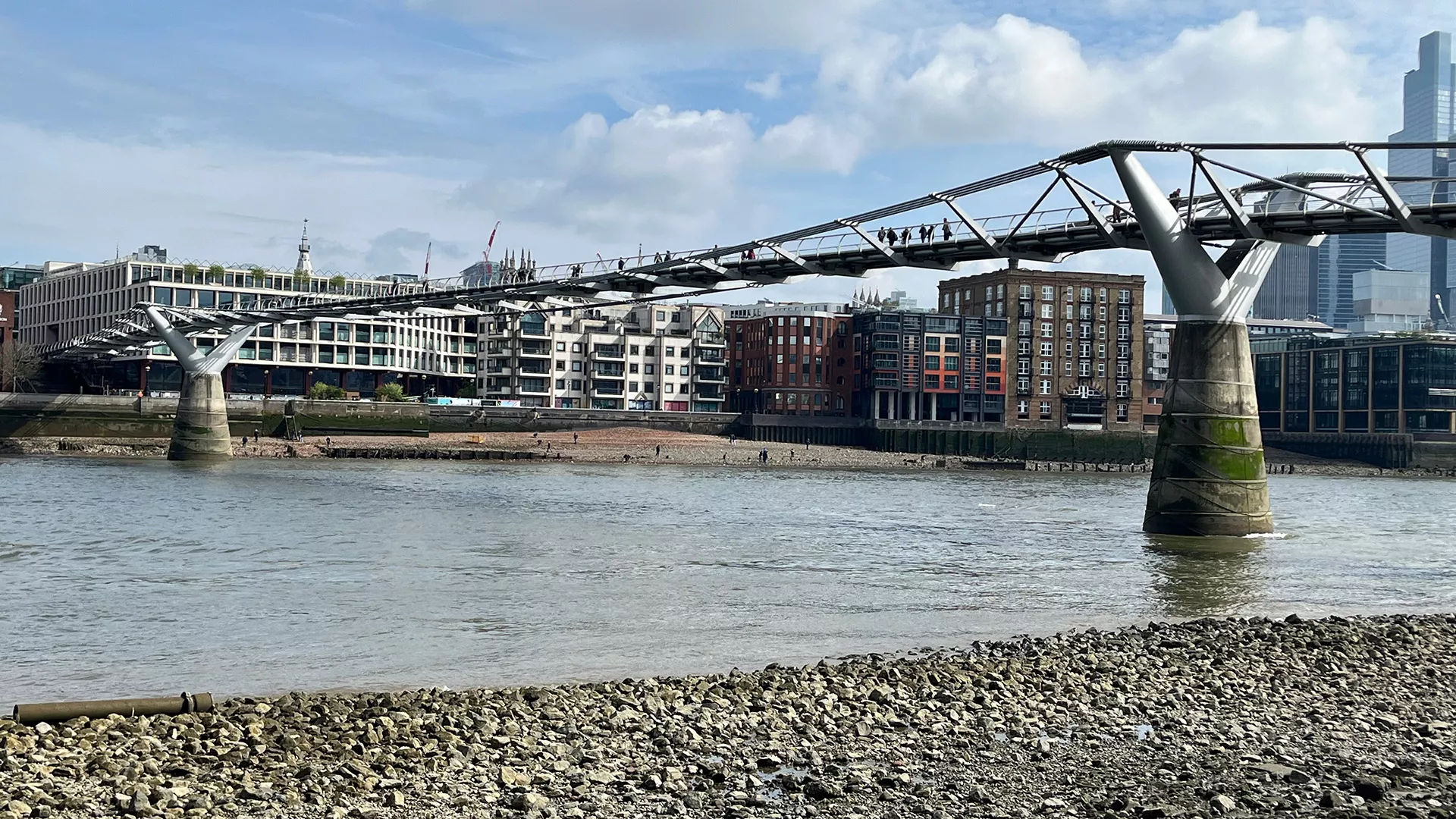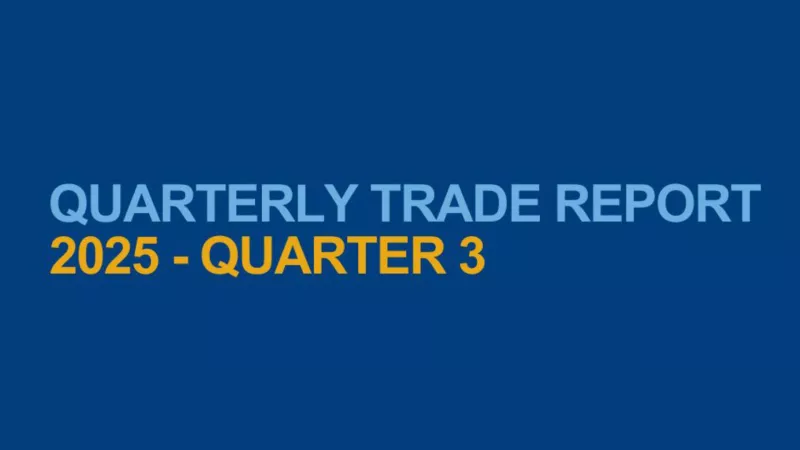Live Tides
NOTICES TO MARINERS
Charts & Surveys

Incident reporting
Life-threatening emergencies on the river:
Call 999 and ask for the Coastguard
For near miss, safety observations and incident reporting click below
PLA releases first batch of new mudlark permits

The Port of London Authority (PLA) has today issued invitations to the first 200 people on the waiting list to receive a foreshore permit, enabling them to mudlark along the River Thames in central London.
This follows the PLA’s announcement (2 October) of new measures to protect the foreshore of the Thames, London’s longest archaeological site, having worked with the Museum of London, Historic England and the Crown Estate to develop a fair, sustainable approach.
The interest in mudlarking and the increase in outdoor activities that grew during the pandemic led to the number of applications for foreshore permits to rise from around 200 in 2019 to over 5,000 in 2022. As a result of this growth, and to protect the river and people using the river, the PLA paused the scheme and undertook a substantive review.
Since announcing the new scheme, the PLA has received almost 10,000 applications for a new permit.
James Trimmer, the PLA’s Director of Planning and Development, said:
“In so many ways the River Thames is a treasure and we have an obligation to protect its history and heritage. Part of that means safely managing the access mudlarkers have to the river. In the last five years we have seen interest soar to almost 10,000 people wanting to take to the Thames’ foreshore to mudlark. This highlights the importance of our new approach to control access in a fair and open way so a wider group of people have the opportunity to mudlark, while protecting the river and those who use it.”
The next release of foreshore permits will be made in early 2025. Foreshore permits will be valid for one year from the date of issue, with the intention of being more equitable and allowing a greater number of people having the opportunity to mudlark safely.
Those without a permit can still search for official guided tours, from companies such as Thames Explorer Trust. The PLA also supports London Museum’s ‘Secret of the Thames’ exhibition, which will open in April 2025, and showcase many of the most incredible finds, deeply connected to the history of the river.
Simon Clarke, Thames Explorer Trust, said:
“The new Foreshore Permit scheme means that a new generation will be able to establish a personal relationship with the river and its history. Thames Explorer is proud to have developed and maintained an artefacts policy through which we discourage the removal of common finds and encourage the reporting of finds of significance.”
For further information about the Foreshore Permit scheme, please visit our Thames Foreshore Permits page.
For more information, visit:
Related content

Location: London/Gravesend Remuneration: £28,971 per annum for a commitment of up to 24 days per...


First Clean Thames Challenge is a success

Following the conclusion of the Port of London Authority (PLA)’s first ever Clean Thames Challenge, we are delighted to announce the results from the 154 people who participated in the month-long event. Together, they recovered an impressive 3,063 items from the riverbanks, including 549 plastic bottles.
As PLA’s Water Quality Technical Advisor, Emily McLean said:
“Our volunteers have worked tirelessly over the course of September, with over 100 free litter kits provided to help them in their mission. This collective effort highlights the vital role community action plays in protecting our waterways and creating a cleaner, healthier Thames for all.”
As part of the PLA’s strategy for the Thames, Thames Vision 2050, we are working towards a clean Thames, free of sewage, waste and pollution, which supports nature and recreational use. The Clean Thames Challenge invited people to make a real difference by choosing a challenge throughout September and sharing their results with the PLA. As well as useful information and safety advice, the PLA provided 106 free litter kits to participants, which included a litter picker and Hi-Viz jacket. There were also eight events that participants could join during the month.
The PLA’s Environment team works in partnership with many organisations to accelerate the progress towards a cleaner river. The success of this inaugural Clean Thames Challenge means that we plan to run this event annually. If you want to find out more about helping to collect litter - visit our Cleaning the Thames website or contact Thames21 to join an organised event.
For more information on the PLA’s strategy to a cleaner river, read our Clean Thames Plan.
Supportive quotes from partner organisations:
Paul Hyman, Founder and Director, Active360
“The Clean Thames Challenge has been a really sound initiative and a sign of how the PLA have taken a lead on reducing and moving towards eliminating plastic pollution in the Tideway.
“We were very pleased to be involved through our Paddle and Pick event as part of Tidefest and I’m hoping that the Challenge will be back next year.
“These events are important to increase awareness of what’s happening to the river and to encourage more people to step up to protect this unique ecosystem. We run many clean ups with businesses and individuals but combining forces through a scheme like this raises the profile to many more people.”
Harry Whelan, Director, London Kayak Company
“Operating on the tidal Thames, the London Kayak Company is fully behind the Clean Thames Challenge.
“We kayak people right through one of the most iconic rivers in the world and so we can see firsthand that the wildlife deserves a much better environment and a cleaner river.”
Chris Coode, CEO, Thames21
“Litter has no place in the River Thames or its tributaries. They deserve better.
"The Clean Thames Challenge has empowered local residents and groups tackle the problem directly and play an active role in safeguarding the River Thames—the lifeblood of London.
"Rivers can collect land-based litter and carry it to the oceans where it will continue to create problems for people and wildlife.
"Tackling plastic pollution in our rivers requires more than a single solution. We advocate for coordinated action across multiple sectors. Policymakers, manufacturers, retailers, brands, and the public must unite to address this pressing issue."
Adrian Evans, Director, Thames Festival Trust
“The PLA’s Clean Thames Challenge has been an important part of this year’s Totally Thames festival, raising awareness of river pollution and encouraging Londoners to roll-up their sleeves and their bit for a cleaner, healthier river for everyone to enjoy. Let’s make this an annual initiative!”
Wendy Tobitt, Chair, Thames Path Partnership
“The Thames Path Partnership supports the PLA’s Clean Thames Challenge, because we all want to see a cleaner Thames in London.
“The Clean Thames Challenge gives people who run, walk and cycle along the Thames Path National Trail in London the chance to look after the river by helping clear the foreshore of litter. Thank you to everyone who took part this year.”
Related content

Location: London/Gravesend Remuneration: £28,971 per annum for a commitment of up to 24 days per...


Four New Trainee Pilots Welcomed Onboard at the Port of London Authority

Photo: Michail Kapellos, Neil Topping, Jake Bryan, Gavin Trotter
The Port of London Authority (PLA) is pleased to announce the addition of four new Trainee Pilots to its team, reinforcing the commitment to ensuring the safe and efficient navigation of vessels on the iconic River Thames. This intake is part of the PLA’s ongoing efforts to bolster its pilotage service, which is critical to supporting trade and maintaining the Thames as a vital commercial waterway.
The new recruits, Gavin Trotter, Neil Topping, Jake Bryan and Michail Kapellos bring a wealth of maritime experience from diverse backgrounds within the shipping industry. Over the course of their rigorous training, they will develop the expertise required to safely guide vessels through the river’s busy and sometimes challenging waters.
Trainee Pilots at the PLA undergo an extensive training programme that includes practical experience on the river, simulator sessions and study for generic and local knowledge exams. This comprehensive training ensures they acquire the knowledge needed to handle the range of conditions and vessel types that pass through the Thames, one of the UK’s busiest waterways.
PLA Marine Pilotage Manager, Dave Newbury, commented:
"We are delighted to welcome our new Trainee Pilots and look forward to seeing them develop their skills. The role of a PLA Pilot is crucial and with more vessels, from large container ships to cruise liners, relying on expert guidance along the Thames, the role of a Pilot remains central to the river’s operations and safety.”
The introduction of the four trainees follows the PLA’s ongoing recruitment and investment in talent to meet increasing demands on the river.
Find out more about Pilotage at the PLA
Related content

Location: London/Gravesend Remuneration: £28,971 per annum for a commitment of up to 24 days per...


Mariners' Passage Planning and Routeing Guide
Creative Permit Conditions of Use
Standard Foreshore Permit Conditions of Use
Searching the Thames Foreshore Code of Practice
Foreshore Permits
Digging Permit Conditions of Use
The Port of London Authority launches new Foreshore “Mudlark” Permit scheme

The Port of London Authority (PLA) is reopening applications for new Standard Foreshore, or “Mudlark”, Permits, having reviewed and revised the scheme alongside the Crown Estate, Historic England and London Museum (formerly Museum of London Docklands).
Home to the UK’s largest port since Roman times, the tidal Thames and its foreshore represents London’s longest archaeological site. With finds dating back to 10,000 BCE, the PLA regulates searching on the foreshore to the west of the Thames Barrier, on both its own land and on behalf of the Crown Estate on its land. Applications for Foreshore Permits were suspended in 2022 due to the significant increase in demand for permits, the high number of permits already in circulation and the concerns over protection of this unique environment and its historic finds.
As James Trimmer, the PLA’s Director of Planning and Development, said:
“As owners and custodians of the tidal Thames foreshore, we have a duty to protect its integrity and archaeology for future generations. After an unprecedented increase in the application of Foreshore Permits, from about 200 foreshore permits issued in 2018/2019 to 5,000 in 2022, we undertook an extensive evaluation and revision of the scheme.
“Our new scheme will enable people to get permits to search the foreshore safely, whilst continuing to preserve its unique history and heritage.”
The new Foreshore Permit scheme will limit the number of available Foreshore Permits to a maximum of 4,000, which will be valid for a year from the issue date. The autorenewal of permits has been removed to ensure that all who are interested will have the opportunity to apply for a permit. The cost of a standard, year-long Foreshore Permit will be £35.00.
The waiting list for Standard Foreshore Permits will open at midday on Wednesday 2nd October 2024.
In response to feedback from stakeholders, the PLA will also launch a new Creative Foreshore Permit, to a maximum of 30 permits (at any one time), to allow the holders to use finds (of no monetary value and without any historical importance) in artworks or other creative endeavours, whether for sale, exhibition or for personal enjoyment. Anyone interested in obtaining this new permit should get in touch with the PLA via the email: [email protected]
The Terms and Conditions for permit holders and the PLA’s Code of Practice for searching the foreshore has also been updated, to provide guidance to ensure any activity is carried out in a safe and sustainable manner. As always, Foreshore Permit holders will be required to report any finds under the Portable Antiquities Scheme (www.finds.org.uk), which, in London, can be done through the London Museum.
For detailed information, visit our webpage: https://pla.co.uk/thames-foreshore-permits
For enquiries about Foreshore Permits, please email: [email protected]
Related content

Location: London/Gravesend Remuneration: £28,971 per annum for a commitment of up to 24 days per...


Port of London Authority successfully prosecutes Master of the “Emerald of London” vessel which struck Hammersmith Bridge on 10 December 2023
Yesterday, 26 September 2024, at Westminster Magistrates Court, Daniel Davis, the Master of the vessel Emerald of London, was found fully culpable of navigating the vessel into Hammersmith Bridge.
With more than 100 passengers onboard travelling to attend a match at Fulham Football Club, the Emerald of London struck the underside of Hammersmith Bridge. Due to a combination of high tide and river water, there was insufficient clearance for the vessel to navigate safely under the bridge – something that Mr Davis should have anticipated and planned for.
Having previously made a partial admission of guilt to the charge of navigating the vessel “in a manner liable to injure or endanger persons, other vessels, the banks of the Thames (whether above or below mean high water level) or any structure or installation in or beside the Thames” under section 108(b) of the Port of London Act 1968 (as Amended), Mr Davis was fined £1,900 (reduced to £1,500 in light of his previous good character) and ordered to pay the Port of London Authority’s costs of £10,000 (reduced from £12,800).
Port of London Authority (PLA) Chief Harbour Master James Stride said:
“With 100 people onboard, this had the potential to be a far more serious incident.
“Thankfully, no one was injured but the standard of Mr Davis’s navigation of his vessel fell significantly below the high standards we set for navigational safety on the tidal Thames. We will continue to take action against Masters who demonstrate insufficient care and attention on the river.
“I would like to thank the vessel’s owners, London Party Boats, for their co-operation with our investigation as well as the other agencies for their support.”
Notes to editors:
PORT OF LONDON ACT 1968 (as amended) - https://pla.co.uk/port-london-act
Related content

Location: London/Gravesend Remuneration: £28,971 per annum for a commitment of up to 24 days per...


Discover



